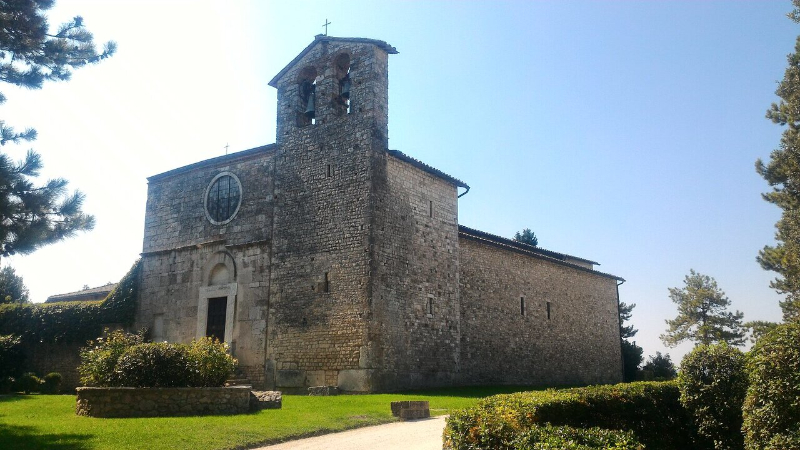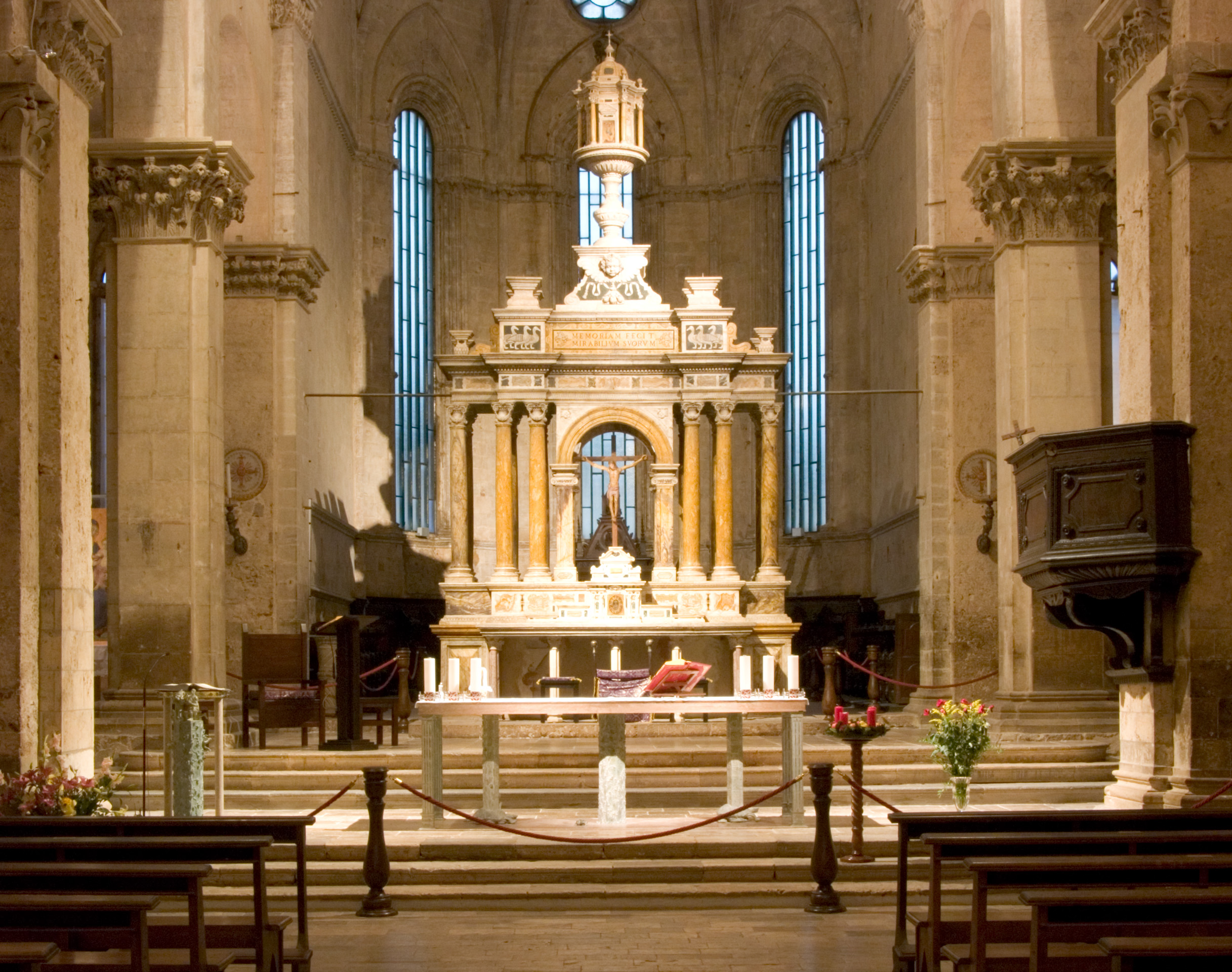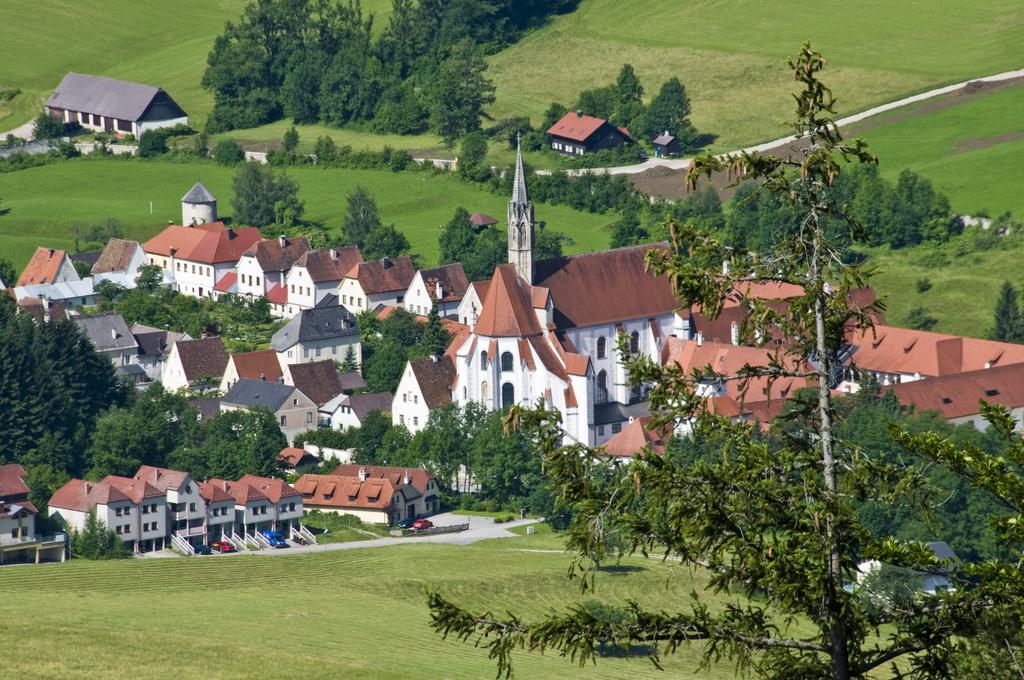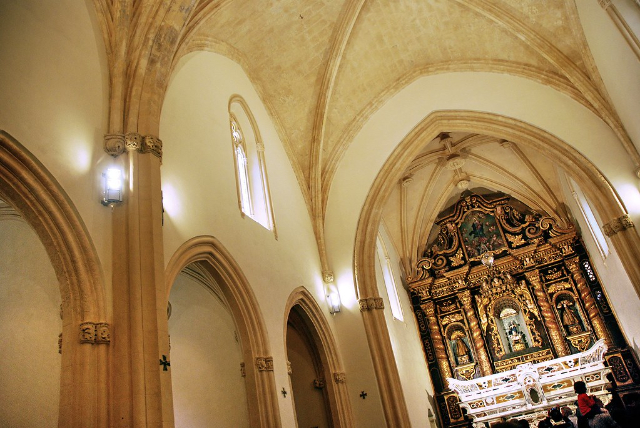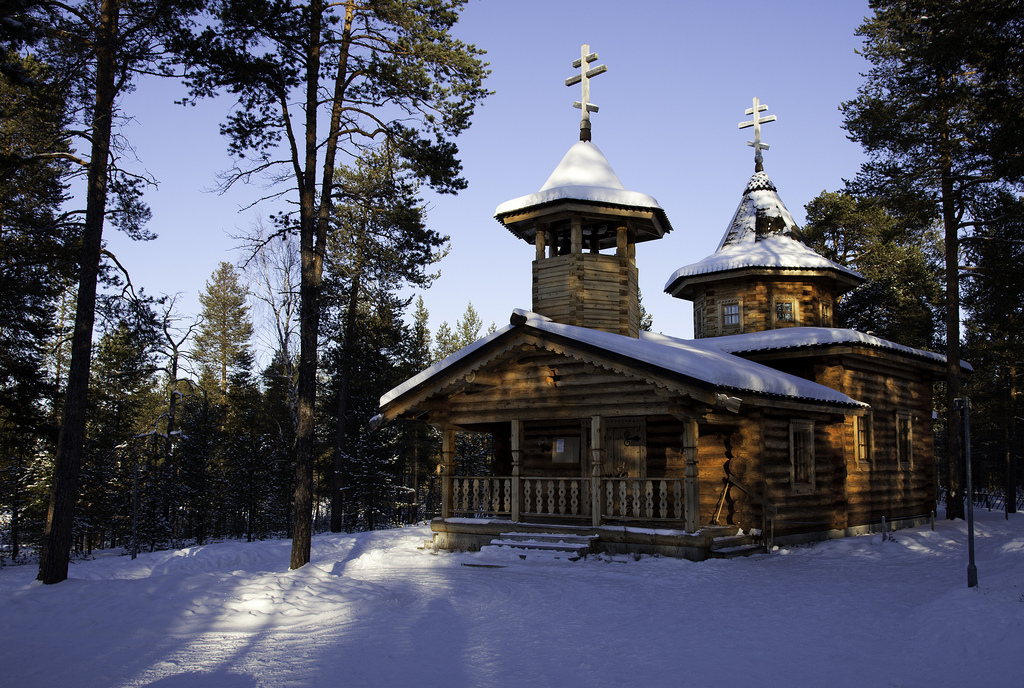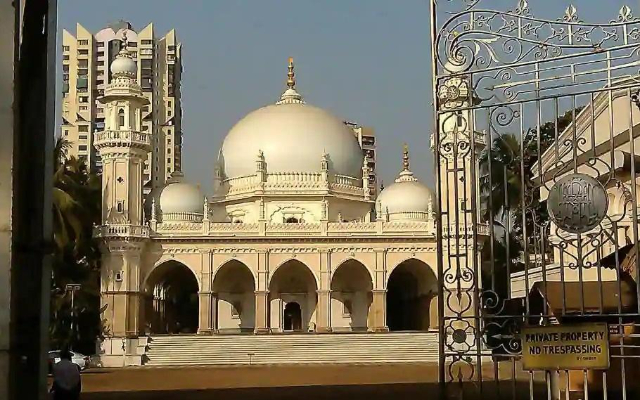The Abbey of San Nicolò, one of the most beautiful in southern Umbria, is located just outside the walls of the medieval village of San Gemini. According to some scholars, the first nucleus of the monastery was founded at the beginning of the 9th century by San Geminus,the Benedictine monk of Syrian origins,who arrived in Casventum in 795,which was then called San Gemini in his honor. In any case, the first record reffering to the abbey is that relating to the donation made in 1036 by the bishop of Narni, with which many assets were assigned to the monastery. In the following centuries,San Nicolò achieved considerable prosperity and importance above all for the acquisition, through huge bequests, of extensive properties in the territories of Narni, Todi and San Gemini. Almost completely destroyed by Frederick II, the complex was rebuilt at the end of the 13th century. The reconstruction works considerably modified the church:the new building presented, among other things, a square apse – the original one was semicircular – and a larger space for the choir. The external aspect was also transformed through the reconstruction of the facade, embellished with a stupendous portal, and the construction of the bell tower. The current portal is a perfect reproduction of the original one, kept at the Metropolitan Museum of New York. Removed from the church in the early 1900s because it was badly damaged, in 1936 an American antiquarian obtained authorization to transfer it to the United States, where it was restored. The refined decorations of the jambs, asymmetrical in the ornamental motifs, are probably the work of two different artists. The side lions placed at the base were obtained from two Carulan cippi; fragments of the Roman period,almost certainly of the same origin,are found in the front of the building. For the construction of the interior of the church some stripping material was used – also coming from the nearby Carsulae – consisting mainly of some columns and capitals of the naves. Of the frescos that adorned the walls, only the ones in the apse remain visible, one of which depicts the “Madonna and Child Enthroned” and the other “San Gregorio Magno” both from the end of the 13th century and attributed to Ruggero da Todi. In addition, there is also a collection of medieval and roman finds of archaeological value which includes fragments of decorations and the marble sculpture of a lion grabbing a ram.
